
The heart of my AtmoSphere studio is my audio PC. It has two dual core AMD athlon 64 X2 processors, 4 Gbyte of RAM and 2 ultra fast 200 Gbyte harddisks. I build it myself in an ultra quiet Antec 19 inch enclosure. I installed a dual boot configuration with Windows XP and Windows Vista. I mainly work with XP though, since not all my hardware has Vista support. Unfortunately especially no support for my Tascam US-2400 control surface. The two disks are mainly for working data. Since I have been working in the IT business for a long time, I have seen a lot of backup/restore drama's. So I'm very careful now with my data. After I worked in the studio I make a backup over a Gigabit network to an Intel file server with 1 Tbyte of diskspace in a RAID 5 configuration. Besides that I once in a while even backup that data on an external disk attached to my notebook downstairs. Paranoia right? Well it has saved me a couple off times already ;)

The reason I run Windows is simple. My main sequencer software is Cakewalk Sonar 7 producer version. I really love this program. It is like a pen and paper for me. I can work with it almost with my eyes closed. Sonar is very good with both audio and midi data. It works very intuitive in my opinion. I did look at other software off course, but I like Sonar the most. On the right you see a Sonar screen shot of a track I'm working on right now for my new album. I save every track as audio even when I work with soft synths. A usual projects is about 3-5 Gbyte in size. When I'm done with a project I make an export of all audio tracks and all buses and that will be another 3-5 Gbyte of data. So that is why I need a lot of storage. Eventually I burn these audio exports on DVD and they go to my label Groove Unlimited for remixing and mastering.

In my PC there are a few PCI cards. I have some extra USB and firewire ports in there, because you are always short on them nowadays with so many synthesizers having an USB connection. My sound card is an RME HDSP MADI card. It can run 64 channels of audio both incoming and outgoing simultaneously at a sample rate of 48 Khz. The soundcard can go to higher sample rates, but then you lose channels. And since I have a lot of equipment I like to be able to record without patching I need a lot of channels available. Besides some equipment in my setup doesn't go higher than 48 Khz so I'm limited to that anyway. This audio card has proven to me to be very stable and it is even possible to install another one next to it when necessary, but I can manage fine with 64 channels now. I'll explain more about the MADI protocol and what it does in the next posting. In the mean time you can read a bit about on the RME website if you like:
http://www.rme-audio.de/en_products_hdsp_madi.php
 The heart of my AtmoSphere studio is my audio PC. It has two dual core AMD athlon 64 X2 processors, 4 Gbyte of RAM and 2 ultra fast 200 Gbyte harddisks. I build it myself in an ultra quiet Antec 19 inch enclosure. I installed a dual boot configuration with Windows XP and Windows Vista. I mainly work with XP though, since not all my hardware has Vista support. Unfortunately especially no support for my Tascam US-2400 control surface. The two disks are mainly for working data. Since I have been working in the IT business for a long time, I have seen a lot of backup/restore drama's. So I'm very careful now with my data. After I worked in the studio I make a backup over a Gigabit network to an Intel file server with 1 Tbyte of diskspace in a RAID 5 configuration. Besides that I once in a while even backup that data on an external disk attached to my notebook downstairs. Paranoia right? Well it has saved me a couple off times already ;)
The heart of my AtmoSphere studio is my audio PC. It has two dual core AMD athlon 64 X2 processors, 4 Gbyte of RAM and 2 ultra fast 200 Gbyte harddisks. I build it myself in an ultra quiet Antec 19 inch enclosure. I installed a dual boot configuration with Windows XP and Windows Vista. I mainly work with XP though, since not all my hardware has Vista support. Unfortunately especially no support for my Tascam US-2400 control surface. The two disks are mainly for working data. Since I have been working in the IT business for a long time, I have seen a lot of backup/restore drama's. So I'm very careful now with my data. After I worked in the studio I make a backup over a Gigabit network to an Intel file server with 1 Tbyte of diskspace in a RAID 5 configuration. Besides that I once in a while even backup that data on an external disk attached to my notebook downstairs. Paranoia right? Well it has saved me a couple off times already ;) The reason I run Windows is simple. My main sequencer software is Cakewalk Sonar 7 producer version. I really love this program. It is like a pen and paper for me. I can work with it almost with my eyes closed. Sonar is very good with both audio and midi data. It works very intuitive in my opinion. I did look at other software off course, but I like Sonar the most. On the right you see a Sonar screen shot of a track I'm working on right now for my new album. I save every track as audio even when I work with soft synths. A usual projects is about 3-5 Gbyte in size. When I'm done with a project I make an export of all audio tracks and all buses and that will be another 3-5 Gbyte of data. So that is why I need a lot of storage. Eventually I burn these audio exports on DVD and they go to my label Groove Unlimited for remixing and mastering.
The reason I run Windows is simple. My main sequencer software is Cakewalk Sonar 7 producer version. I really love this program. It is like a pen and paper for me. I can work with it almost with my eyes closed. Sonar is very good with both audio and midi data. It works very intuitive in my opinion. I did look at other software off course, but I like Sonar the most. On the right you see a Sonar screen shot of a track I'm working on right now for my new album. I save every track as audio even when I work with soft synths. A usual projects is about 3-5 Gbyte in size. When I'm done with a project I make an export of all audio tracks and all buses and that will be another 3-5 Gbyte of data. So that is why I need a lot of storage. Eventually I burn these audio exports on DVD and they go to my label Groove Unlimited for remixing and mastering. In my PC there are a few PCI cards. I have some extra USB and firewire ports in there, because you are always short on them nowadays with so many synthesizers having an USB connection. My sound card is an RME HDSP MADI card. It can run 64 channels of audio both incoming and outgoing simultaneously at a sample rate of 48 Khz. The soundcard can go to higher sample rates, but then you lose channels. And since I have a lot of equipment I like to be able to record without patching I need a lot of channels available. Besides some equipment in my setup doesn't go higher than 48 Khz so I'm limited to that anyway. This audio card has proven to me to be very stable and it is even possible to install another one next to it when necessary, but I can manage fine with 64 channels now. I'll explain more about the MADI protocol and what it does in the next posting. In the mean time you can read a bit about on the RME website if you like: http://www.rme-audio.de/en_products_hdsp_madi.php
In my PC there are a few PCI cards. I have some extra USB and firewire ports in there, because you are always short on them nowadays with so many synthesizers having an USB connection. My sound card is an RME HDSP MADI card. It can run 64 channels of audio both incoming and outgoing simultaneously at a sample rate of 48 Khz. The soundcard can go to higher sample rates, but then you lose channels. And since I have a lot of equipment I like to be able to record without patching I need a lot of channels available. Besides some equipment in my setup doesn't go higher than 48 Khz so I'm limited to that anyway. This audio card has proven to me to be very stable and it is even possible to install another one next to it when necessary, but I can manage fine with 64 channels now. I'll explain more about the MADI protocol and what it does in the next posting. In the mean time you can read a bit about on the RME website if you like: http://www.rme-audio.de/en_products_hdsp_madi.php



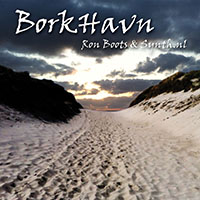
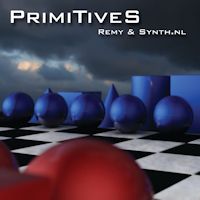
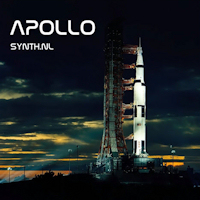
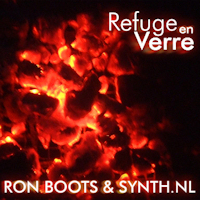
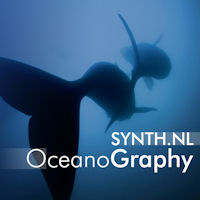
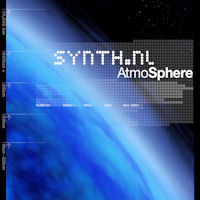
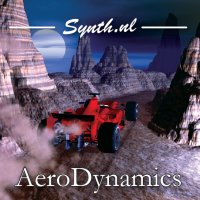
No comments:
Post a Comment